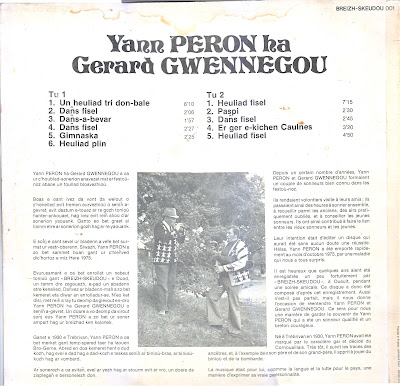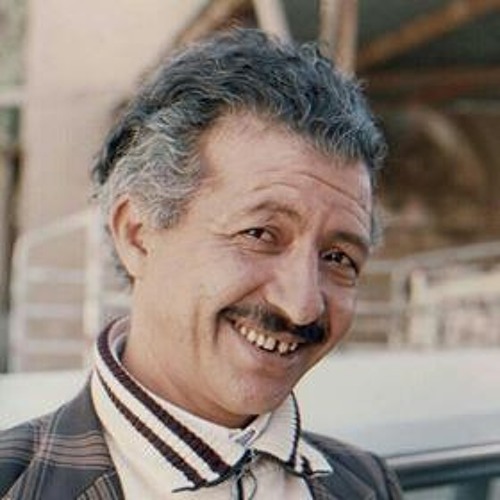HARPES CELTIQUES 1000 ANS D'HISTOIRE
Conservatoire régional de musique, chants, danses et sports
traditionnels de Bretagne
racines pour demain
CELTIC HARPS 1000 YEARS OF HISTORY
Brittany regional music, songs, dances and traditional sports conservatory
roots for tomorrow
Conservatoire régional, 1987, CR 8701
This album features two Breton harp players : Mariannig Larc'hantec and Myrdhin. Myrdhin plays on tracks B1, B2 and B3 on a metal string harp while Larc'hantec plays a nylon string harp on all other tracks.
The album is a kind of audio version of an exhibition presented by the Regional Conservatory about the history of the harp. France Vernillat, harpist and scholar, wrote the text in French to give a summary of that history starting in ancient Mesopotamia and Egypt and ending with mention of Alan Stivell.
M. Larc'hantec had a classical and traditional type of formation. She won the first prize in Killarney in 1974 at the International Panceltic Competition. She was a celtic harp teacher at the Regional Conservatory at the time of the recording. I find her approach to traditional music a bit too stiff especially on track A8 (gavottes des montagnes). She plays some medieval and Renaissance stuff as well as Irish harp music from O'Carolan, a menuet, a traditional tune from the Hebrides and a sicilienne. She composed the last tune on side B ''Excalibur''.
Tracks A1 and A7 were harmonised by Denise Mégevand who was Alan Stivell's harp teacher when he was a kid.
Myrdhin (real name Rémi Chauvet) is more creative in a way. There are some percussion instruments on his tracks and in the absence of any other information I suppose he also plays them. He tried to go back in a way to the ancient bardic world when imagination was valued and music forged links between man and the universe.

download.wav





































